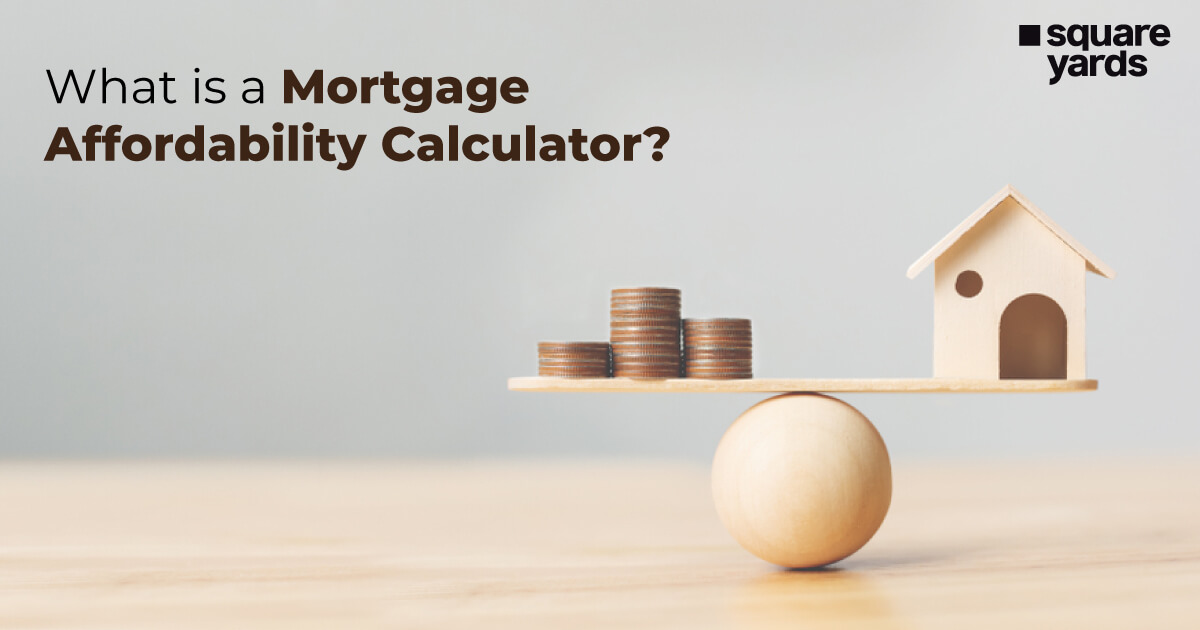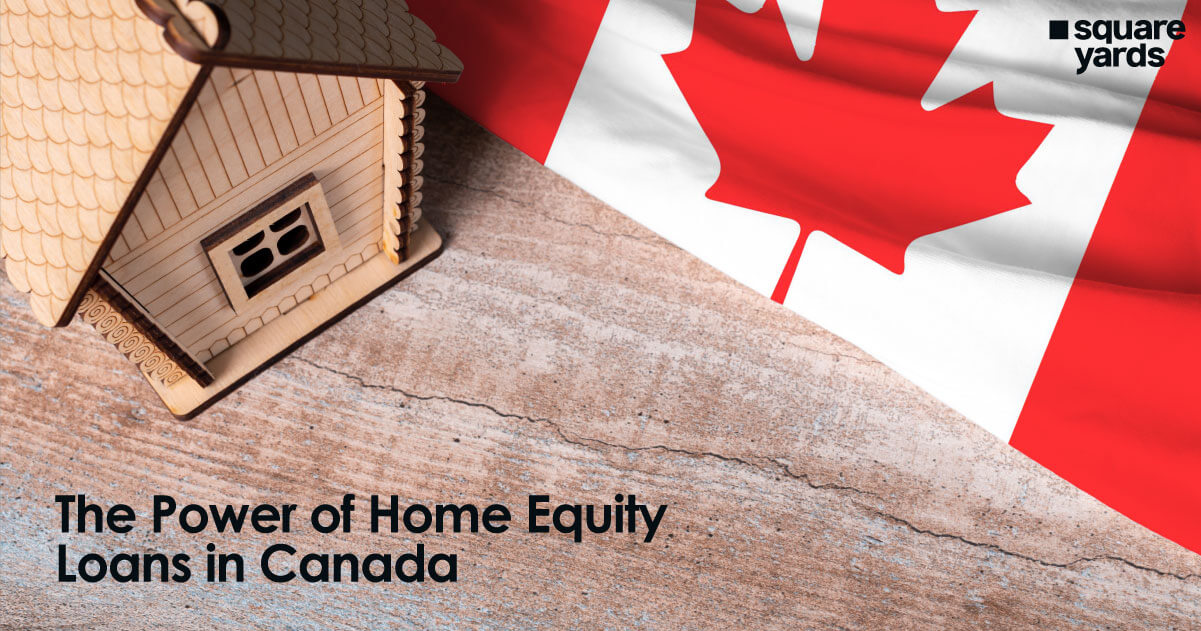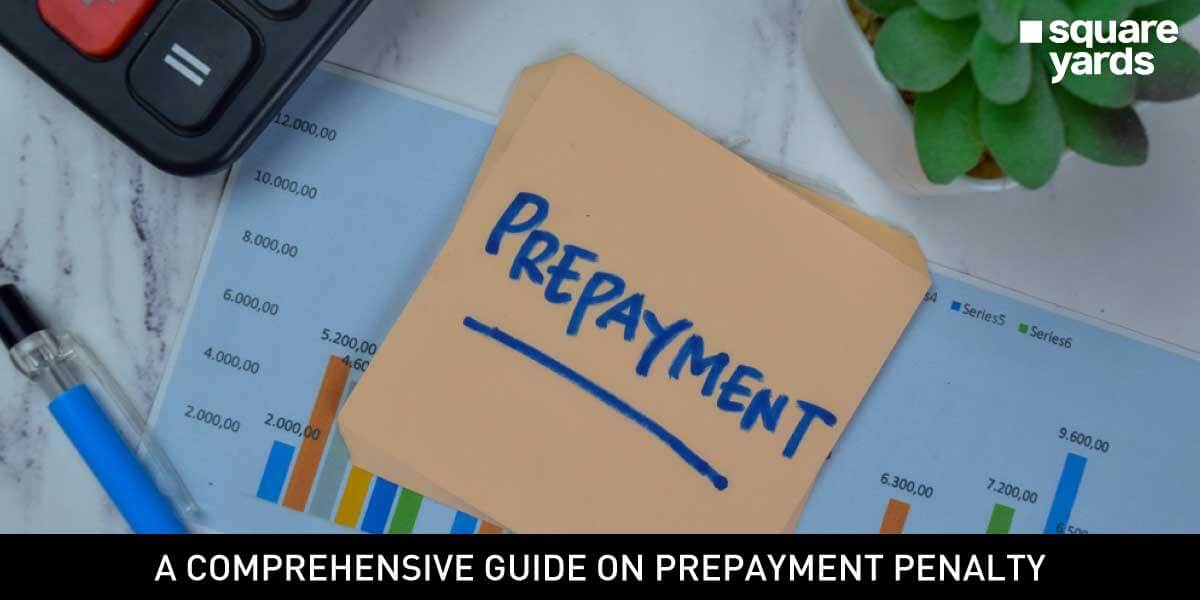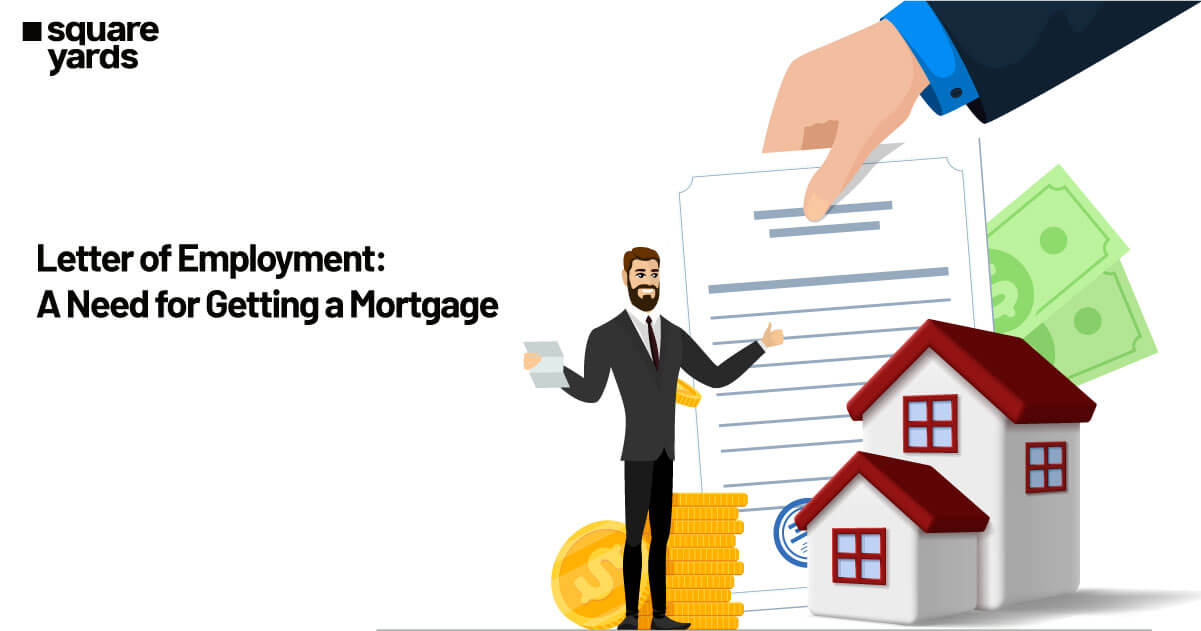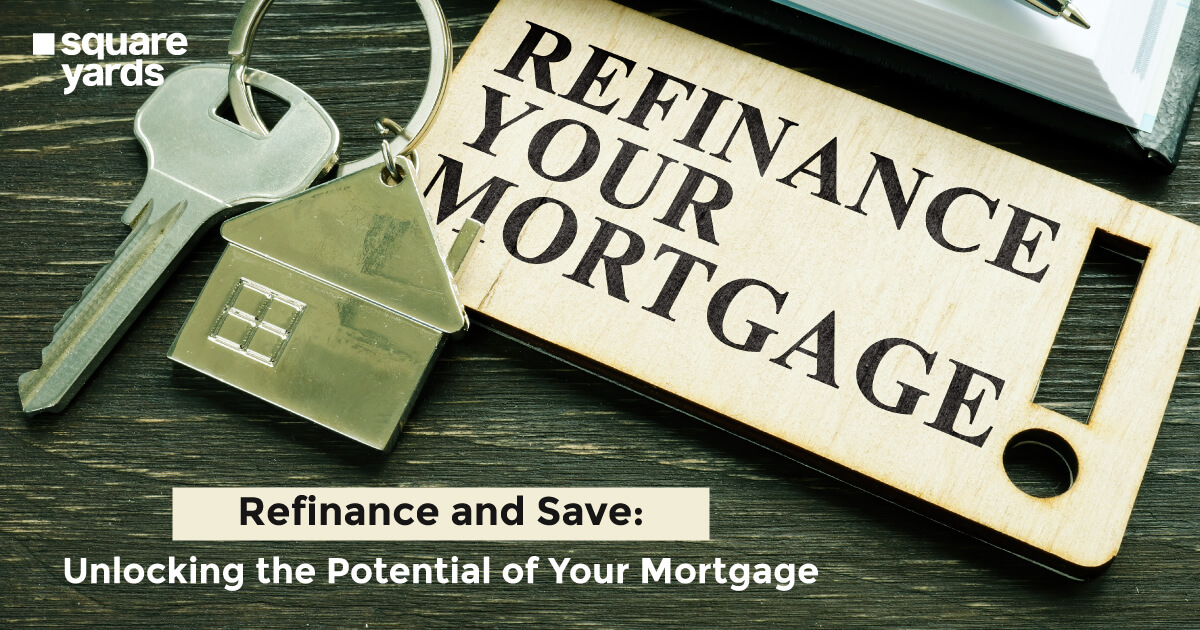The first main decision you make before buying a home is getting a mortgage. Through your income, you can appropriate the new home’s budget and work towards the amount of loan you would need and how much time you will take to pay it off. A mortgage affordability calculator eases the process and is accurate, giving you the exact amount for your home. This article sheds light on calculating mortgage affordability and everything you need to know about it.
What Do You Mean By Mortgage Affordability?
The words mortgage affordability are self-explanatory. If you were to buy a house, you would figure out how much mortgage you can afford with respect to your current income mortgage affordability. The factors affecting how much you can shell out for your mortgage are your income, monthly expenses, and renovation costs of the house you plan to buy. Mortgage affordability is important to determine if you can afford the concerned payments. It will help you land the exact price range for your future house. You can use the mortgage affordability calculator to determine how much you need to take out.
How Can I Use a Mortgage Affordability Calculator?
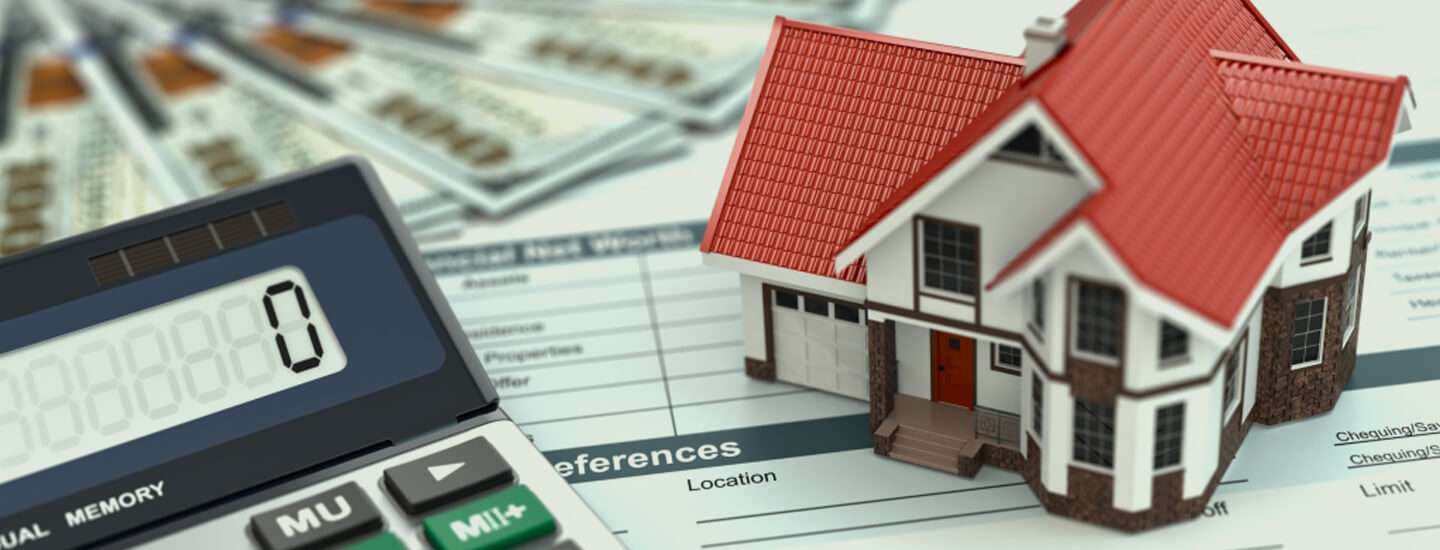
A mortgage affordability calculator will help you understand how much mortgage you can afford and, by extension, the budget you would need to set if you were to buy a new house. Here are some factors you need to consider before deciding the loan amount.
-
Employment Income
Your employment income is the key factor in determining the amount of mortgage you can afford. Here is a guide to calculating the mortgage amount against your income.
|
Hourly Rate |
Number of Hours |
Formula |
Sample |
|
Weekly |
35, 40, or 44 hours as guaranteed every week |
$/hr x weekly hours guaranteed |
$15/hr x 35 hrs/wk = $525 weekly |
|
Biweekly |
Twice that of weekly |
$/hr x 2 x weekly hours guaranteed |
$15/hr x 2 x 35 hrs/wk = $1050 biweekly |
|
Monthly |
Weekly hours multiplied by 52 divided by 12 |
$/hr x weekly hours guaranteed x 52 weeks in a year / 12 months |
$15/hr x 35 hrs/wk x 52 wks / 12 months = $2275.05 monthly |
|
Annually |
Weekly hours multiplied by 52 |
$/hr x weekly hours guaranteed x 52 weeks in a year |
$15/hr x 35 hrs/wk x 52 wks = $27,300.60 annually |
-
Property Taxes
Property tax is also an important element in mortgage affordability. The property tax you would be required to pay will depend upon the purchase cost, new construction, refinancing and for sale by the owner. The table below will help you calculate the property tax amount you must consider.
|
Transaction |
Method |
|
Purchase |
MLS listing with property tax details |
|
New Build |
0.50% to 1.3% of the purchase price based on the type of building, municipality and province |
|
Renewal / Refinance |
Use the municipality’s final property tax amount stated on the current year’s bill. |
|
Private Sale: |
Use the final amount stated on the current year’s bill (get a copy from the seller). |
-
Heating Costs
To ensure fairness for all clients in Canada, most lenders will calculate heating costs based on the property’s square footage. To streamline this process, you can apply a flat rate of $100 per month for properties up to 2,000 square feet.
-
Condominium Fees
To confirm condominium/strata/maintenance fees, you must provide valid documentation, such as an MLS listing (for purchases only), a current statement from the condo board specifying the exact amount and unit, or two months of recent bank account statements in your name reflecting these debit transactions. When you buy a pre-construction condominium, your complete purchase agreement should include a section outlining the expected condo fees.
-
Home Value
You can verify the property’s value through various methods. For instance, you may use the purchase price indicated in the MLS listing or select a figure within the desired range. For renewals or refinances, you can use a conservative estimate of your home’s value or refer to your previous year’s property assessment statement issued by your province or municipality.
-
Down Payment
The minimum down payment required for property purchases is 5% for properties valued under $1 million and 20% for properties exceeding $1 million. The net of any outstanding debts you owe should be determined when calculating your down payment. Regarding renewals and refinances, the down payment can be interchangeable with the remaining equity established in your property since your initial purchase.
-
Interest Rate
The applicable interest rate is contingent upon the type of transaction, the loan-to-value (LTV) ratio, and the expected completion date of the transaction.
-
Mortgage Term
Your choice of mortgage term will depend on your specific needs and availability, ranging from 1 to 10 years for fixed-rate mortgages but limited to 5 years for variable-rate mortgages. Conduct a proper analysis of your finances for at least five years before deciding on your mortgage tenure.
-
Amortisation
The duration of your mortgage, known as the amortisation period, is determined by your preference for becoming mortgage-free. Typically, the most favourable purchase rates apply to amortisation periods of 25 years or less. Renewals are subject to continuing the current amortisation. At the same time, for refinance, you can extend the amortisation up to a maximum of 30 years, although the rate may vary depending on whether you choose a 25- or 30-year term in some cases.
Estimating Mortgage Affordability

The bank or any other financial institution would look into the complete housing costs and leftover debts. The housing costs are not used to check your mortgage affordability. However, it is an important factor for you to consider if you are buying a house. The lenders consider debt service ratios like the Gross Debt Service Ratio (GDSR) and Total Debt Service Ratio (TDSR). The Gross Debt Service Ratio is the percentage of gross annual income of the household. The banks or the credit unions calculate mortgage payments, taxes, percentage of condo fees and heating costs. The GDSR is calculated by the formula given below.
GDSR = (Mortgage Payment + Property Taxes + Condo Fees/2 + Hydro) /Income
The Total Debt Service Ratio is the percentage of the household’s annual income that you would need and all the debts and loans. If you are paying any child support, it would be included. You can calculate TSDR through the formula given below.
TDSR = (All debts in GDSR calculation + all other debts) / Income
-
What Are Maximum Limits?
Mortgage default insurance is a requirement for mortgages with a down payment of less than 20% to safeguard lenders in the event of a borrower’s inability to repay the mortgage, leading to a default. It’s important to note that default insurance is not an option for property purchases or renewals when the property value exceeds $1 million or for refinancing transactions. You can obtain default insurance through one of three insurers in Canada. The first is the Canada Mortgage and Housing Corporation (CMHC), a government-owned entity that provides insurance for most of Canada’s prime (A lending) mortgages. The other two default insurance providers, Sagen (formerly GE, also known as Genworth) and Canada Guaranty (CG), are privately owned.
-
What Are Closing Costs?
Before you sign the deal, remember to consider the closing cost of the deal. These costs are heavy and need to be estimated in mortgage affordability. The seller determines the cost of closing the deal. Usually, the closing cost is 5% of the purchase price. The upfront cash deposit has to go with your down payment.
-
Increasing Mortgage Affordability

There are several strategies to increase your mortgage affordability. Here are some recommendations to augment your affordability:
-
- Liquidate Outstanding Debts: In general, the greater the burden of your debts, the more limited your borrowing capacity becomes. These debts are offset against your down payment, implying that if your indebtedness surpasses your down payment, your down payment effectively ceases to exist.
- Exercise Restraint in Expenditure: Employ and adhere to a well-devised budget planner. Ensure that you allocate a portion for discretionary spending while maintaining fiscal discipline.
- Prune Open Credit Accounts: Excessive credit cards or lines of credit can adversely impact you, especially if the outstanding balances exceed 35% of the prescribed limits.
- Safeguard Your Creditworthiness: A proper credit rating renders you more appealing to the bank or lenders, with a minimum threshold of 680 being the requisite. The most favourable terms are attainable with credit scores of 720 or higher.
- Contemplate a Residence according to your pocket: Opting for a more economical home translates into a diminished down payment obligation and reduced monthly mortgage outlays.
- Put Down a Larger Down Payment: A higher down payment entails a smaller mortgage commitment. Nevertheless, a judicious approach is imperative in your financial planning, as an extended saving period may result in increased property costs. Conversely, allocating your savings towards the down payment may yield similar consequences.
- Opt for an Extended Amortization Period: This choice will reduce your monthly repayment obligations, rendering them more financially viable.
Conclusion
Buying a house is one of the biggest decisions you can make. It is also a very expensive option. Therefore, ensuring you are taking all the necessary financial considerations is imperative. Mortgage affordability helps you gather the budget of your house and how much mortgage you can take out on factors like income, property tax, utilities, closing costs and more. A mortgage affordability test helps you gather everything that you need for your next home. Before applying for a mortgage, you need to make sure that you pay off your debt, have a credit score of more than 680 (720 is ideal) and consider a home according to your budget. If you consider these factors, the bank, financial institution or lender cannot refuse your mortgage request. Using a mortgage affordability calculator will give you an accurate representation of the amount of mortgage you can afford and the accurate amortisation period.
You May Also Read
|
Guide To Mortgage Broker |
|
|
How To Calculate Trigger Rate |
|
|
Understand Open And Closed Mortgage |
|
|
Know About HELOC in Canada |
|
|
All About Mortgage Renewal |
Frequently Asked Questions (FAQs)
You can calculate mortgage affordability by determining your gross annual income, calculating your total monthly debt payments, and using the mortgage affordability rule: Your monthly mortgage payment should not exceed 32% of your gross income. Consider other factors like property taxes and insurance, and use an online mortgage calculator to estimate your maximum mortgage amount.
A general rule of thumb is that your house should cost no more than 2.5 to 3 times your annual salary. So, earning $60,000 a year, you can afford a home in the range of $150,000 to $180,000. However, individual circumstances and expenses should also be considered.
Mortgage lenders check affordability by evaluating your income, debt, credit history, and financial stability. They use a debt-to-income ratio to ensure your monthly housing costs don't exceed a certain percentage of your income, typically around 43%.
To qualify for a $400,000 mortgage in Canada, you typically need an annual income of at least $70,000 to $80,000, depending on your debt obligations and the lender's criteria. This is a rough estimate, and individual circumstances may vary.
The age you should pay off your mortgage varies depending on individual financial goals and circumstances. However, many aim to have it paid off by retirement age to reduce financial burdens in retirement. How do I calculate my mortgage affordability?
How much house can I afford based on my salary?
How do mortgage lenders check affordability?
What is the income requirement for a 400K mortgage in Canada?
At what age should you pay off your mortgage?

